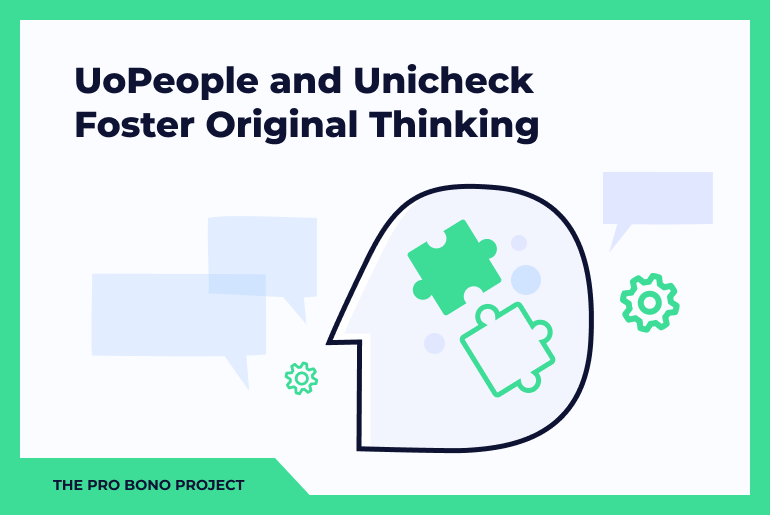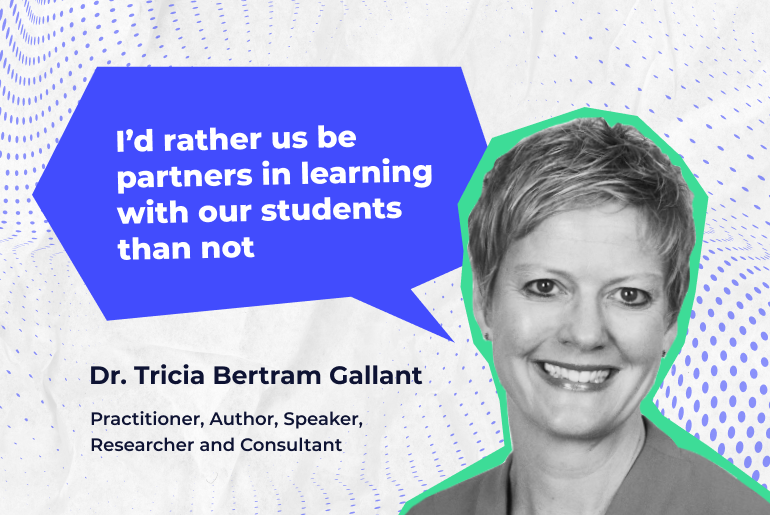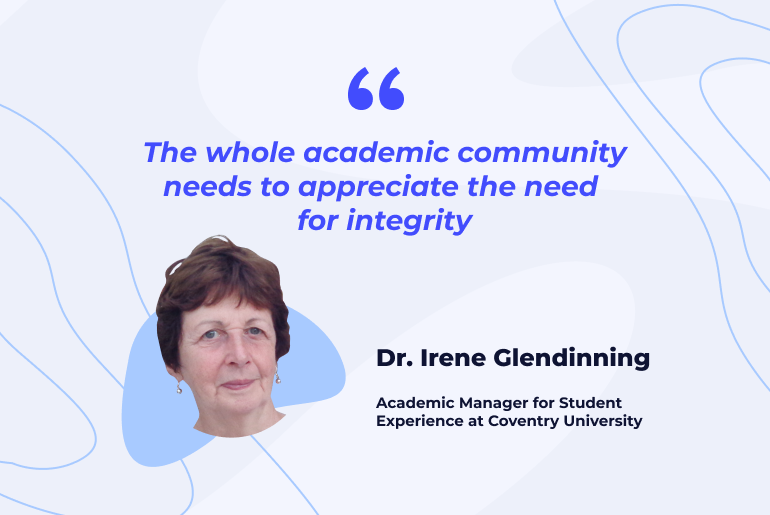Are you curious to know how your educators detect plagiarism? How can they tell the original work from the copied one or find similarities in the passages taken directly from the work submitted two months ago? They must just know some magic spells that make dishonest students tell the truth and admit cheating… Besides, hypnosis has proved to be effective as well.
All kidding aside, if you plagiarize once, you will always be tempted to do it again. If copy-pasting becomes a habit, a student can no longer do it well. Laziness gets the better of you, and as a result, you start making mistakes. Actually, your educators take them into account in the first place, especially when the uniqueness of your paper is checked.
These signs can reveal your “copy-paste” secret
For every experienced educator, a few seminars will be enough to realize the capabilities of each student in the group. It will be clear that some are stronger in speaking, while others can better present their thoughts in writing.
Still, the way you share your views, argue your points and cite examples is similar to the way you build your narrative in writing. This is the first sign that can prompt your educator to check the paper for originality, should your essay, review or case study sound too sophisticated, or vice versa.
What else do educators pay attention to? Check the short list below:
- Work is off-topic
Yes, this often happens when students resort to writing agencies’ help or paper mills. Once downloaded, a cheater is likely to hand in the paper without even changing its title or the examples it provides. And they may turn out to be unrelated to the topic of the paper described.
- Fake bibliography, sources, references
Mixed sources, links leading to irrelevant articles or sites that no longer exist, and fake footnotes are clear signs that a student’s paper is not original. Even if a cheater takes great pains to change the sources to relevant ones, detecting plagiarism is still simple as soon as an instructor asks a few questions about the information found on them.
- Sudden changes in text formatting
Different text fonts, unequal intervals between words and text lines are rather suspicious, too, just because these passages could have been stolen directly from an original source without being adjusted to the rest of the written text.
- Inappropriate vocabulary
To check whether a student has written a paper individually, an educator can randomly choose the term or phrase mentioned in the work and ask the student to interpret it. If done improperly, it’ll be another red flag for the educator.
- Out-of-date facts, text repetitions, and complex sentences
When entire paragraphs are copied thoughtlessly, there’s a risk for a cheater to include outdated facts in writing, which means that the student either failed to carry out deep research or lifted material from another source. Repeated statements and sentences with overly complex structures will give even more grounds for an instructor to doubt a paper’s originality.
What tools can teachers use to find text matches?
Web search engines and automatic plagiarism checkers are among the tools educators widely use to find plagiarized works. Most of them perform online checks against the Internet. That, however, doesn’t mean that other types of checks are not available.
Knowing that crafty students can exchange their works to resubmit them to a different instructor, or use patchwriting to mix together fragments from two or three works, plagiarism scanners such as Unicheck allow instructors to make their own databases. They can include works that you or your predecessors have previously submitted. Therefore, repeated submissions will be detected within seconds. On top of this, each educational institution can integrate the checker into its database with thousands of scientific articles, theses, essays, etc., which can hinder cheaters from copy-pasting a lot.
Do these tools alone eliminate the problem of academic cheating? Not really, of course. But, it’s a good add-on to educators’ plagiarism detection skills.
Cover yourself with these easy steps
You deserve appraisal and need to develop a “can-do” attitude toward studying and particularly toward writing assignments. These quick and simple steps will bring you closer to success. Just try them and share your feedback.
- Divide preparation of a written assignment into stages: define the topic (unless it is given by the educator), find trustworthy sources, and draw a plan, including points you want to cover
- Write a few passages a day if deadlines permit
- Define goals for each stage and reward yourself upon their completion
- Ask your friends to review your work and suggest changes





